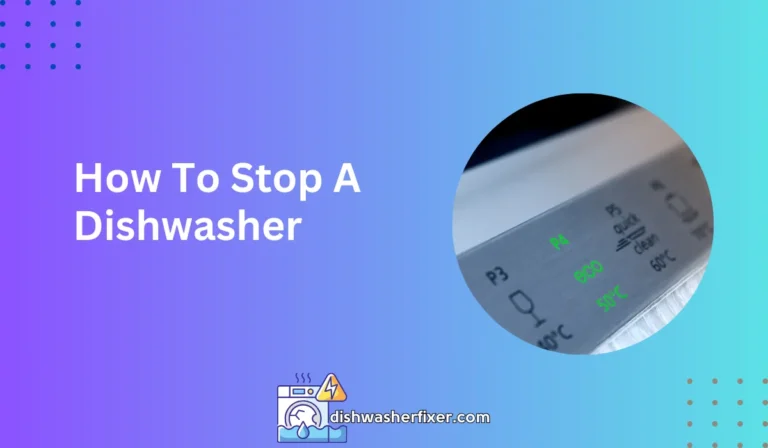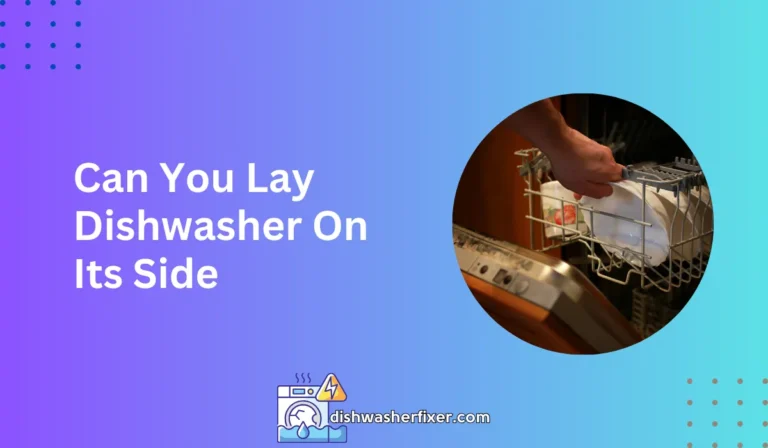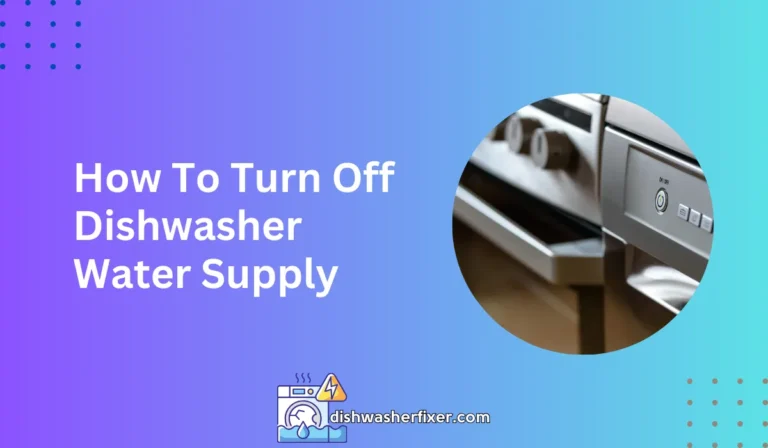Why Is My Dishwasher Vibrating? 5 Surprising Reasons!
Your dishwasher may be vibrating due to an unbalanced load, loose components, or a malfunctioning pump or motor. Ensure dishes are evenly distributed, tighten any loose parts, and check for obstructions in the pump. If vibrations persist, consult a technician.
Common Causes of Dishwasher Vibrations
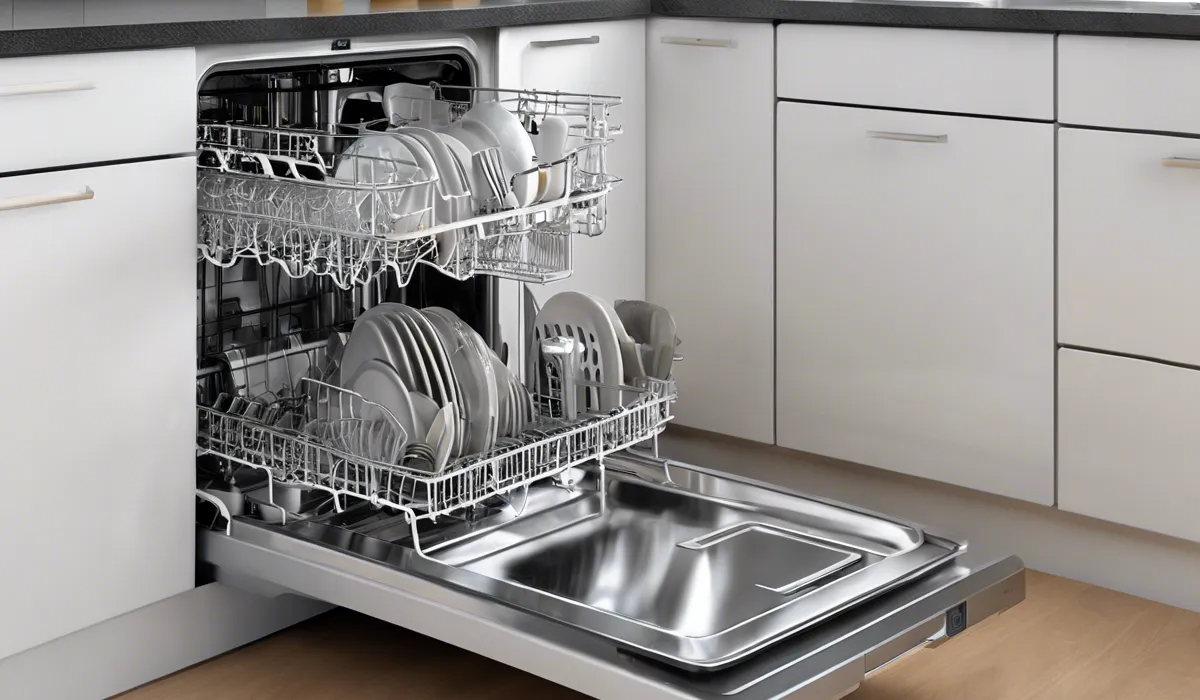
Unbalanced Load
One of the most frequent reasons for a dishwasher to start vibrating is an unbalanced load. This occurs when dishes are not evenly distributed throughout the dishwasher racks.
Heavy pots and pans on one side can cause the unit to shake as it operates. It is important to place dishes strategically to maintain balance.
Loose Parts or Components
Components inside your dishwasher can become loose over time. These can include screws, washers, or the arms that hold the racks in place.
When these parts are not securely fastened, they can cause the appliance to rattle. It is necessary to check these parts regularly and tighten them if needed.
Worn-out Motor Bearings or Pump Housing
Wear and tear on the motor bearings or pump housing can lead to vibrations. These parts are essential for the smooth operation of your dishwasher and, when they start to deteriorate, can be a source of noise and shaking.
A technician might need to inspect these components to determine if they require replacement.
Malfunctioning or Obstructed Spray Arm
The spray arm’s job is to evenly distribute water during a cycle. If it becomes obstructed by food particles or is not rotating correctly, it can contribute to imbalance and vibrations.
Ensuring the spray arm is clean and moves freely is critical for the dishwasher’s functionality.
Faulty Leveling or Anchoring
If a dishwasher is not level or properly anchored, it may vibrate excessively during use. It is crucial to adjust the leveling feet and ensure the unit is firmly attached to its surroundings. This will help minimize movement and prevent potential damage.
Heavy Cycles and Stability
Choosing heavy cycles for dishwashing can sometimes exacerbate vibration issues. These cycles often involve more intense water pressure and higher temperatures, which can lead to increased movement. If your dishwasher is prone to shaking, consider using gentler cycles.
Troubleshooting Dishwasher Vibrations

Inspecting Dish Load
Begin by examining how dishes are loaded into the dishwasher. Make sure that the weight is evenly distributed and that nothing is protruding from the racks that could obstruct the spray arm. Rearrange items if necessary to achieve a more stable load.
Tightening Loose Components
Check for any loose parts within your dishwasher. Use a screwdriver to tighten screws and make sure that everything is secured in place. This simple step can often significantly reduce unwanted movement and noise.
Motor and Pump Assessment
Listen for unusual sounds that might indicate wear and tear on the motor or pump. If you are not experienced in dishwasher repair, it might be best to call a professional to assess these components. They can determine if repair or replacement is necessary.
Spray Arm Functionality
Ensure that the spray arm is not clogged and that it rotates freely. If you find any debris, remove it and clean the arm thoroughly.
A functioning spray arm is crucial for both cleaning your dishes and maintaining the balance of your dishwasher.
Leveling and Installation Check
Verify that your dishwasher is level by using a spirit level. Adjust the feet accordingly if you find that the appliance is tilted. Also, make sure that the dishwasher is securely installed with no wiggle room that could lead to vibrations.
Choosing Gentler Wash Cycles
If you have tried other troubleshooting steps and still experience vibrations, opt for a gentler wash cycle. This can reduce the force exerted on the dishwasher’s components, potentially lessening the vibrations you are experiencing.
Preventive Maintenance to Avoid Future Vibrations
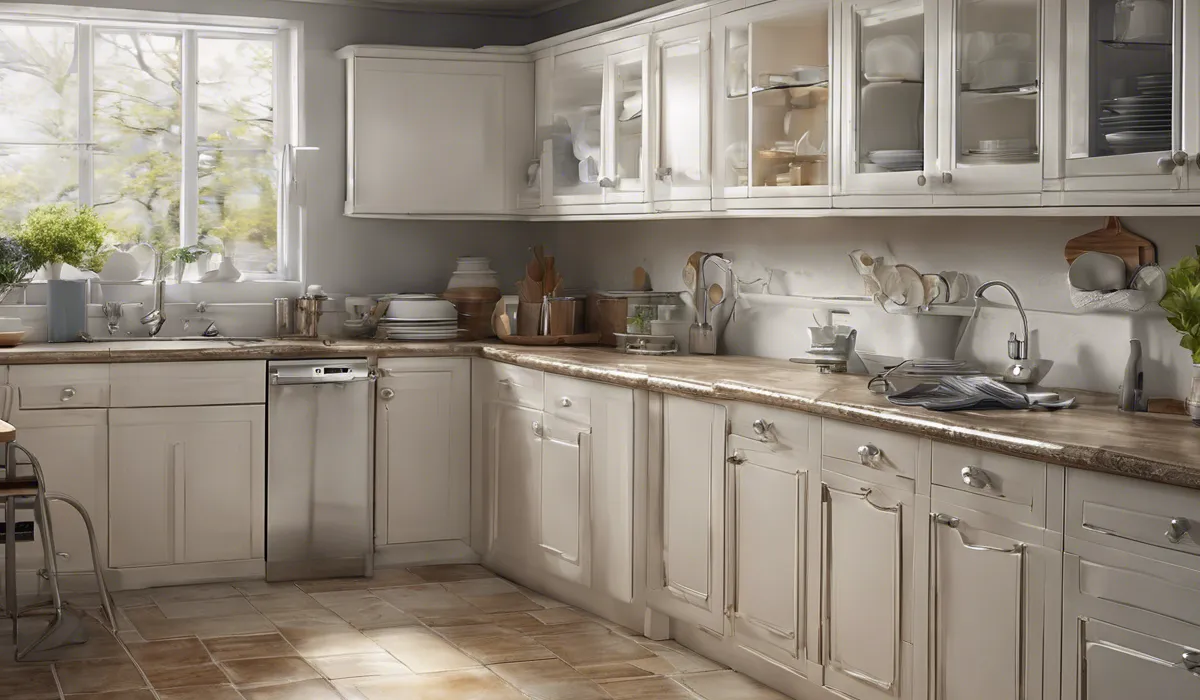
Cleaning and Maintenance
Regular cleaning of the dishwasher interior and spray arms can prevent build-up that might obstruct water flow or cause imbalance. This includes removing any food particles or debris after each wash cycle.
Regular Checks for Loose Parts
Periodically inspect your dishwasher for any loose components. Tighten screws and fastenings as needed to ensure everything remains secure. Preventative checks can save you from larger issues down the line.
Proper Loading Techniques
Understanding how to load your dishwasher correctly can prevent vibrations. Distribute dishes evenly and avoid overloading. Consult your dishwasher’s manual for specific guidelines on loading patterns.
Monitor Motor and Pump Condition
Be aware of the age and condition of your dishwasher’s motor and pump. If your dishwasher is older, these parts may be nearing the end of their lifespan and could be the source of vibration problems.
Using Anti-Vibration Pads or Mats
Anti-vibration pads or mats placed under the dishwasher can dampen vibrations and reduce noise. They are an easy and cost-effective way to improve the stability of your appliance.
FAQs About Dishwasher Vibrations
Why is my dishwasher vibrating more than usual?
Your dishwasher might be vibrating more than usual if the load is unbalanced, components are loose, or there are issues with the pump or motor.
How can I fix an unbalanced load in my dishwasher?
To fix an unbalanced load, ensure that dishes are evenly distributed within the racks before starting the dishwasher.
What should I do if there are loose components in my dishwasher?
If you suspect there are loose components, inspect and tighten any loose parts such as the spray arm, racks, or feet of the dishwasher.
How do I check for obstructions in my dishwasher pump?
To check for obstructions in the pump, remove any debris or food particles that may be blocking the filters or impellers.
When should I call a technician for my vibrating dishwasher?
If the vibrations persist after checking for unbalanced loads, tightening components, and clearing pump obstructions, it’s time to consult a technician.
Final Thoughts
Dishwasher vibrations can be caused by uneven loads, loose parts, or problems with the pump or motor. To address this, redistribute dishes, secure any loose components, and inspect the pump for blockages.
Persisting issues may require professional assessment to ensure proper function and longevity of the appliance.
